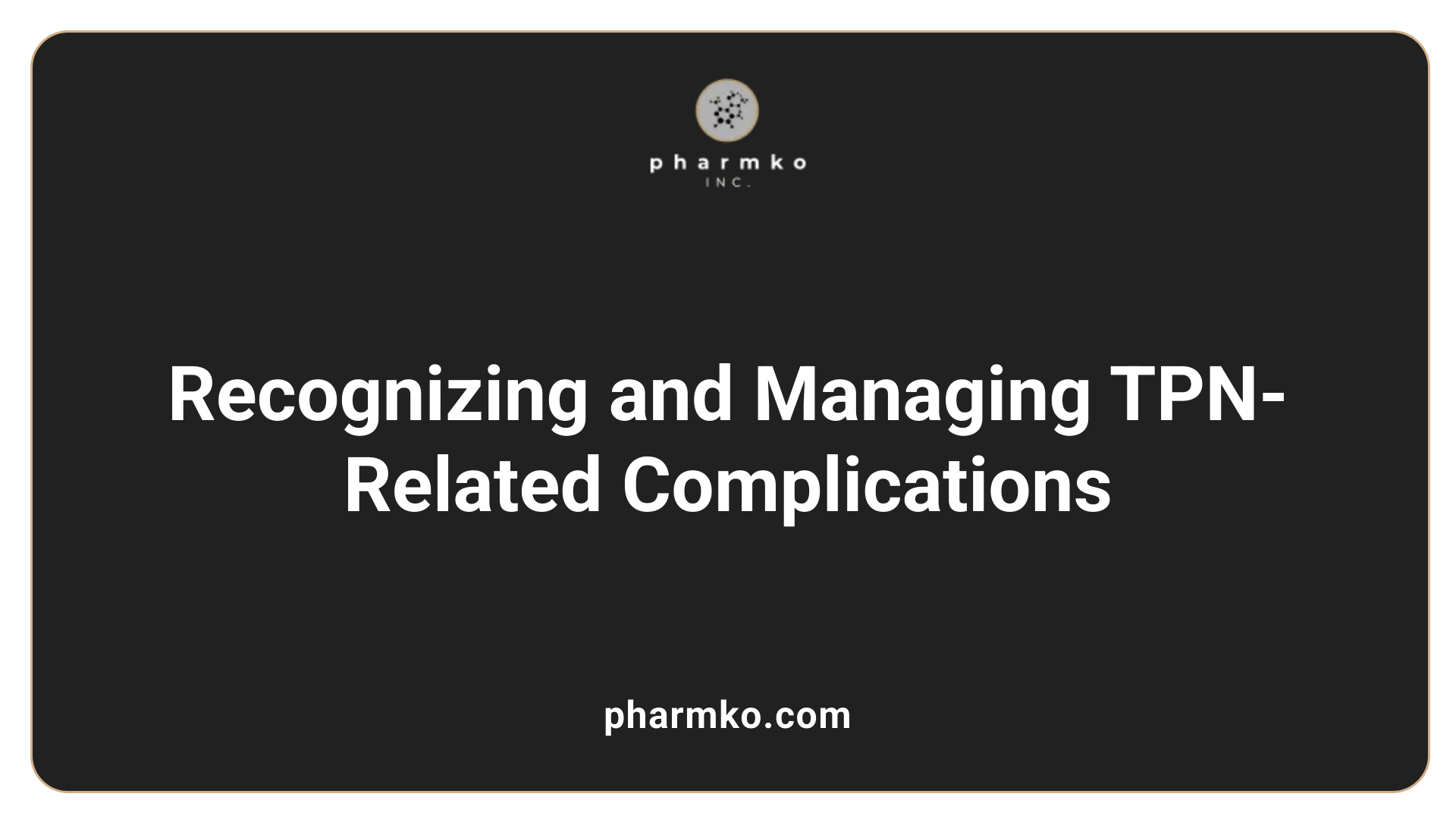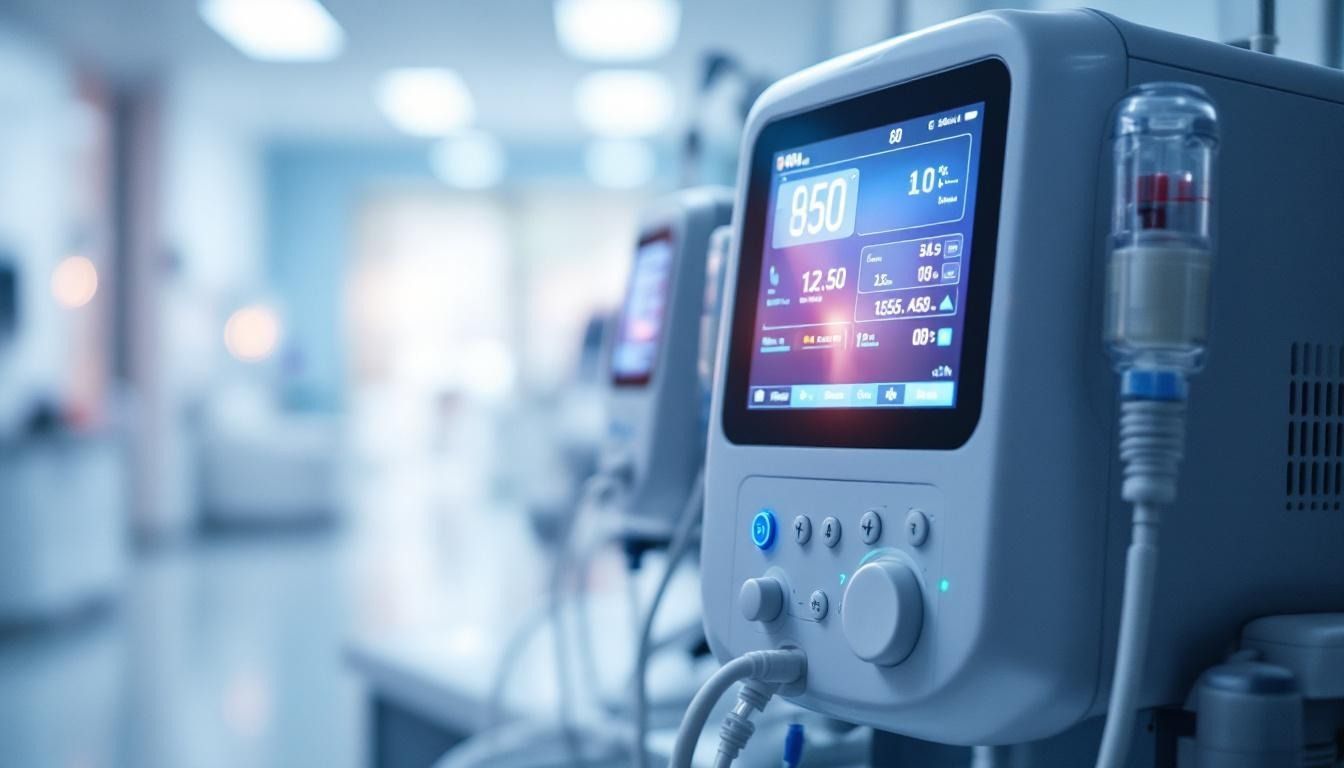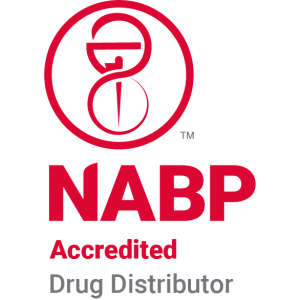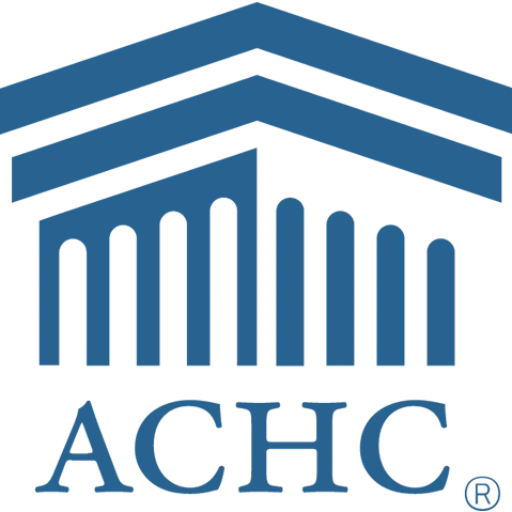How to Monitor Nutritional Status While on TPN
Introduction to Monitoring Nutritional Status on TPN
Total Parenteral Nutrition (TPN) is a critical intervention for patients unable to meet nutritional needs through oral or enteral routes. Effective monitoring of nutritional status during TPN therapy is essential to optimize patient outcomes, prevent complications, and facilitate safe transition off parenteral support. This article provides a detailed guide on best practices, assessment tools, laboratory evaluations, recognition and management of complications, and guidelines to ensure successful nutritional monitoring in clinical settings.
Multidisciplinary Approach and Initial Planning

What laboratory assessments are involved in monitoring patients on TPN?
Patients on Total Parenteral Nutrition (TPN) require comprehensive laboratory assessments to monitor their metabolic status and prevent complications. This includes daily testing of serum electrolytes such as sodium, potassium, calcium, magnesium, chloride, bicarbonate, as well as blood glucose levels to manage hyperglycemia or hypoglycemia. Serum creatinine and blood urea levels should be checked daily to assess kidney function, while liver function tests are performed twice weekly to monitor hepatic response. Additional assessments include serum proteins, prealbumin, triglycerides, cholesterol, and trace elements (zinc, copper, selenium, manganese) at baseline and periodically during long-term therapy. The frequency of testing may be adjusted based on patient stability, with more intensive monitoring during initial phases and in unstable or new patients, ensuring timely detection and management of potential complications.
How frequently should nutritional assessments be performed during TPN therapy?
Nutritional assessments should be performed regularly during TPN therapy, with the frequency tailored to the patient's stability and setting. For hospitalized patients on stable TPN, monitoring typically occurs every 2 to 7 days, while in outpatient settings, it may be extended to every 1 to 4 weeks, per ASPEN guidelines. Critical laboratory parameters, including serum electrolytes, liver function tests, and blood glucose, should be checked more frequently—daily for electrolytes and twice weekly for liver function—to detect and prevent complications such as electrolyte disturbances, refeeding syndrome, and hyperglycemia. In the initial stages of TPN, especially in critically ill or malnourished patients, blood work may need to be conducted as often as every 6 hours to ensure metabolic stability. Overall, ongoing assessment encompassing clinical, laboratory, and anthropometric data is essential to optimize nutritional support and minimize risks throughout TPN therapy.
What are recommended practices for monitoring fluid and electrolyte balance in patients receiving TPN?
Recommended practices for monitoring fluid and electrolyte balance in patients receiving TPN include daily assessment of serum electrolyte levels such as sodium, potassium, calcium, magnesium, chloride, and bicarbonate, along with frequent monitoring of blood glucose and renal function markers like serum creatinine and blood urea. Close observation of intake and output, urine glucose every 8 hours, and clinical signs of fluid overload or deficit are essential to detect imbalances early. Laboratory tests, including liver function tests twice weekly and biochemistry panels, should be performed as indicated and interpreted carefully to guide adjustments. It's important to monitor for metabolic disturbances such as refeeding syndrome and acid-base disorders, adjusting TPN electrolyte content accordingly. A multidisciplinary team should review these parameters regularly, initially daily, to ensure safe and effective fluid and electrolyte management during TPN therapy.
What are common complications of TPN, and how can they be recognized and managed?
Common complications of TPN include metabolic disturbances such as electrolyte imbalances, hyperglycemia, and refeeding syndrome, which can be recognized through regular laboratory monitoring of serum electrolytes, blood glucose levels, and metabolic markers. Line-related issues like infections (including CLABSI), thrombosis, and mechanical complications such as pneumothorax can occur if aseptic techniques and proper line maintenance are not followed, and should be detected through vigilant clinical assessment and staff training. Liver dysfunction, including cholestasis and hepatic fibrosis, is a significant long-term metabolic complication identified via weekly liver function tests, especially in patients with prolonged PN use. Long-term TPN can also lead to micronutrient deficiencies and bone disease, necessitating regular monitoring of trace elements, vitamin levels, and bone health assessments. Overall, careful monitoring using clinical assessments, laboratory tests, and adherence to guidelines helps recognize and manage these complications promptly, minimizing their impact on patient health.
What are the best practices and guidelines for nutritional monitoring in clinical settings?
Best practices for nutritional monitoring in clinical settings include comprehensive and routine assessments of anthropometric measures such as body weight, BMI, mid-arm circumference, skinfold thickness, and grip strength, alongside biochemical tests like serum electrolytes, liver function tests, serum proteins, and trace elements. In patients receiving TPN, close monitoring of blood glucose levels, electrolytes, triglycerides, and liver function tests is essential to detect metabolic disturbances and prevent complications like refeeding syndrome and electrolyte imbalances. Utilizing validated scoring systems such as NRS-2002 or NUTRIC helps identify patients who will benefit most from parenteral nutrition. Monitoring frequency should be tailored to patient stability, with more frequent assessments during initial destabilization and ongoing long-term management, typically on a daily to weekly basis. A multidisciplinary nutrition support team—including doctors, nurses, dietitians, and pharmacists—should oversee this process to optimize nutritional outcomes and minimize risks.
What tools and clinical parameters are used for evaluating the nutritional adequacy of TPN?
Tools and clinical parameters used to evaluate the nutritional adequacy of TPN include comprehensive nutritional assessments that combine medical history, physical examination, anthropometric measurements (such as weight, height, BMI, mid-arm circumference, skin fold thickness, and grip strength), and biochemical data. Laboratory tests are essential, encompassing serum electrolytes, liver function tests, bone profile, cholesterol, triglycerides, trace elements, vitamins, serum albumin, transferrin, retinol-binding protein, and inflammatory markers like C-reactive protein. Clinical monitoring involves assessing vital signs, temperature, fluid balance, blood glucose levels, and signs of malnutrition or fluid overload. Utilization of validated screening tools like the ASPEN criteria, GLIM, and assessment indices such as the Prognostic Nutritional Index (PNI) help in identifying nutritional risks and guiding ongoing evaluation. A multidisciplinary team, including doctors, dietitians, nurses, and pharmacists, ensures continuous review and adjustment based on these parameters to optimize nutritional support.
How can healthcare providers evaluate and optimize nutritional support effectiveness in TPN therapy?
Healthcare providers can evaluate the effectiveness of nutritional support in TPN therapy through regular, comprehensive assessments that include clinical evaluations, laboratory testing, and anthropometric measurements. Laboratory parameters such as serum electrolytes, glucose, liver and renal function tests, and serum proteins help detect metabolic abnormalities or deficiencies, allowing timely adjustments to TPN components. Anthropometric measurements and clinical signs, including weight changes, muscle mass, and skin integrity, provide insights into the patient's nutritional status and response to therapy. Additionally, monitoring for complications such as infections, liver dysfunction, and metabolic disturbances is essential for evaluating safety and efficacy. Employing protocols like indirect calorimetry for energy calculation, alongside multidisciplinary teamwork, optimizes TPN formulation and dosing, ensuring the therapy effectively meets individual patient needs.
What are the considerations when transitioning patients off TPN to oral or enteral nutrition?
When transitioning patients from TPN to oral or enteral nutrition, it is essential to develop a gradual, personalized plan that ensures caloric and protein needs are met while monitoring for tolerance and complications such as gastrointestinal disturbances. Effective communication among multidisciplinary care teams, including clearly coordinated handoffs and documentation, is crucial to ensure safety and continuity of care across settings. The process should involve assessing the patient's gastrointestinal function, nutritional status, and readiness to tolerate enteral feeding, with adjustments made based on clinical response and monitoring parameters. Strategies include starting enteral nutrition slowly over 48–72 hours, using appropriate diet formulations, and closely observing for signs of intolerance or malnutrition. Furthermore, implementing standardized protocols, maintaining meticulous care documentation, and preparing for potential readmissions or complications are vital to optimize outcomes and minimize risks during the transition.
Conclusion: Continuous Vigilance and Multidisciplinary Collaboration
Monitoring nutritional status during TPN therapy is a dynamic and critical process that demands a comprehensive, disciplined approach. Regular laboratory assessments, anthropometric measurements, clinical parameters, and vigilant recognition of potential complications are essential components for ensuring patient safety and therapeutic efficacy. A multidisciplinary team must collaborate closely, tailoring monitoring frequency and strategies to individual patient needs. Proper implementation of guidelines, utilization of assessment tools, and ongoing evaluation facilitate optimal nutritional support, reduce risks, and support effective transition planning. Through diligent monitoring and coordinated care, healthcare professionals can maximize the benefits of TPN while minimizing its associated risks, ultimately improving patient outcomes and quality of life.
References
- Parenteral Nutrition Monitoring - BAPEN
- Nutritional Assessment in Total Parenteral Nutrition - ScienceDirect
- [PDF] The Hitchhiker's Guide to Parenteral Nutrition Management for Adult ...
- Nutritional Support: Monitoring (Which Tests and How Often ...
- Parenteral Nutrition: What it Is, Uses & Types - Cleveland Clinic
- Parenteral Nutrition Therapy: - ASPEN
- Complications and Monitoring – Guidelines on Parenteral Nutrition ...
- 8.8 Total Parenteral Nutrition (TPN) – Clinical Procedures for Safer ...
- Nutritional Management in the Rehabilitation Setting
- Total Parenteral Nutrition | TPN Administration & Considerations













